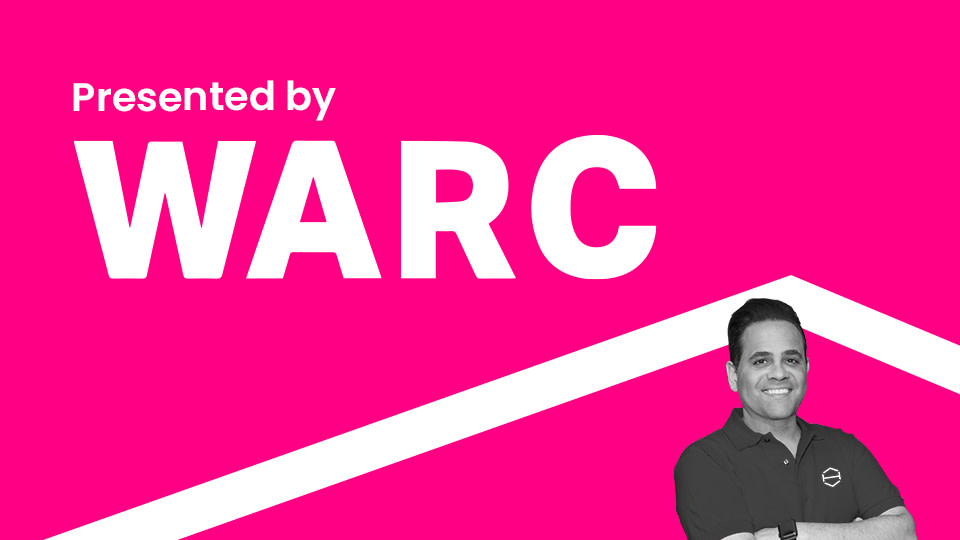July 14, 2021 | Opinions d’experts
The power of programmatic digital OOH in driving B2B brand consideration

Advances in digital screens, data-driven targeting and audience measurement are making OOH a more relevant channel for business-to-business marketers.
This article was written by Hivestack CEO and Founder, Andreas Soupliotis, and originally published on WARC, an organization that provides the most trusted research, case studies and best practice.
The future for out-of-home (OOH) advertising is looking very healthy, with growth expected to exceed 30% in the UK and 20% in the US this year, according to GroupM data cited by WPP’s CEO Mark Read in an interview at the recent World Out of Home Organization European Forum.
Traditionally, OOH has been seen as a brand-to-consumer (B2C) advertising channel, particularly suited to increasing consumer awareness in a specific geographic location, with posters and billboards strategically placed to attract the attention of as many consumer eyeballs as possible.
With the acceleration of digital out-of-home (DOOH), and more specifically the advances in audience targeting and measurement brought about through programmatic DOOH, the channel has proven to be a successful part of a B2B marketer’s strategy, designed to drive intent and consideration among business decision makers.
Reaching the right audiences
Today’s programmatic DOOH technology allows B2B marketers to be more data-driven, targeting custom audiences within organisations at a granular and behavioural level. It also increases flexibility and control, as marketers aren’t restricted to advertising in predefined locations, but can activate DOOH screens wherever significant numbers of their target audience are likely to be located, according to anonymised data and movement patterns.
Based on the specific sector and type of business they want to target, brands can use the power of programmatic DOOH to create custom audience segments by geofencing areas such as business centres and event venues where decision makers within those companies are expected to be located.
Using historical mobile location data, DOOH screens can then be activated when there is a concentration of mobile devices detected in those set geofenced areas allowing B2B marketers to reach their audience with relevant and timely messages.
Measuring intent and attributing outcomes
Programmatic DOOH is effective and measurable – a high priority in B2B marketing – and real business outcomes can now be attributed to OOH ad exposure for the first time. Marketers can use data to understand a customer’s online behaviour – also known as intent data – to determine their interest in certain products or services. They can then understand whether audiences in the offline world that are exposed to programmatic DOOH advertising show intent towards specific B2B content after seeing an ad, by comparing them with a control group.
One of the world’s leading Fortune 500 technology companies recently ran a programmatic DOOH campaign in the UK and Japan through Hivestack’s DSP. The objective was to drive brand consideration among B2B prospects in organisations across multiple sectors including healthcare, general business, manufacturing and retail.
Hivestack identified key B2B decision-makers located at corporate offices, major branch hubs, places of business, and industry-related conferences throughout Japan. Based on this insight, custom audience segments were then created and targeted with the brand’s campaign through the Hivestack DSP via programmatically activated DOOH screens.
Hivestack’s campaign partner, Bombora, then scored the targeted audiences on Bombora’s Company Surge Analytics product, which identified when target organisations were indicating active demand for products and services across Japanese businesses and B2B topics.
The resulting lift in intent from exposure to the programmatic DOOH campaign, compared to a control group, exceeded 11% for healthcare and general business averaged 9% across all targeted sectors.
Enabling creative omnichannel marketing
B2B marketers often see OOH as a standalone media channel, but a combination of digital screens, data-driven audience targeting and precise measurement, means programmatic DOOH can now form part of integrated omnichannel campaigns.
For instance, programmatic DOOH can be used in conjunction with mobile advertising, with in-app ads served to smartphones that are located near DOOH screens according to probabilistic data and predictive modelling. This allows mobile retargeting ads to be served to business decision makers that are likely to have seen an OOH ad.
Programmatic DOOH advertising can also be used to complement and amplify other B2B touchpoints, such as content, email marketing and social media, at every stage of the customer journey.
Thanks to programmatic technology, B2B marketers, like their B2C peers, can now benefit from the power of digital targeting and measurement in their OOH campaigns to target and attract new business prospects, as well as amplify and measure their efforts as part of streamlined, omnichannel campaigns.

